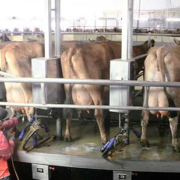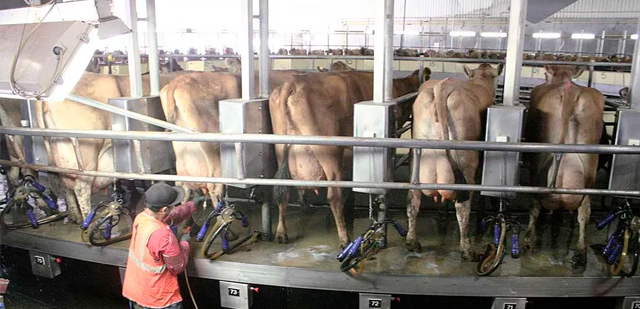Published 12:30 pm Friday, November 3, 2023
By GEORGE PLAVEN
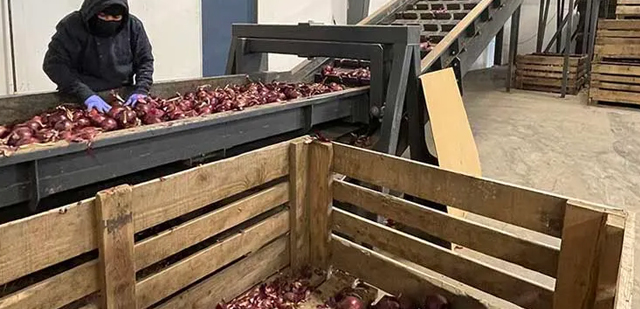 HERMISTON, Ore. — What started as an ambitious concept to improve water sustainability in the Umatilla Basin of northeast Oregon is coming to fruition.
HERMISTON, Ore. — What started as an ambitious concept to improve water sustainability in the Umatilla Basin of northeast Oregon is coming to fruition.
Construction has begun on a third and final pipeline that will deliver water from the Columbia River to boost economic development in the region, while simultaneously relieving groundwater aquifers that have been over-pumped for decades.
State, local and tribal officials gathered on a cold and gray November morning at the former Umatilla Chemical Depot near Hermiston to break ground on the Ordnance Regional Water Supply and Aquifer Restoration Project — more informally known as the Central Project.
The Central Project follows the completion of two other regional pipelines, the East and West projects, spanning northern Umatilla and Morrow counties.
“I’m proud to say we are probably one of the most sustainable regions already in the Western U.S., if not the most sustainable,” said J.R. Cook, founder and director of the Northeast Oregon Water Association, or NOWA. “That’s taken a ton of work, a ton of collaboration (and) a ton of effort to get there.”
A common vision
NOWA formed in 2013 following recommendations made by the Columbia River-Umatilla Solutions Task Force, co-convened by then-Gov. John Kitzhaber and Umatilla County.
Their goal was to figure out how to fix groundwater declines from past generations of irrigated farming and urban development that eventually led to the designation of four critical groundwater areas in the basin from 1976 to 1991.
The task force proposed tapping into the Columbia River to take pressure off the aquifers.
But to do that, every drop of water taken from the river would have to be replaced from another source to avoid harming federally protected salmon.
That’s where NOWA came in, bringing together cities, ports, tribes, environmentalists and private landowners to work toward a common vision.
Temporary mitigation was achieved by taking existing certified water rights — largely held by municipalities — and transferring the water in-stream for up to 30 years. Those water rights add up to a maximum rate of 180 cubic feet per second, or 61,000 acre-feet a year.
One acre-foot is enough water to flood an area the size of a football field 1 foot deep.
The majority of funding for the multimillion-dollar pipelines has also come from private investment. The $31 million West Project was the first to cross the finish line in 2020, followed by the $54 million East Project in 2022.
Central Project
Now the $42 million Central Project has reached a major milestone, with a groundbreaking ceremony held on Nov. 1.
Though it is the smallest of the three projects by area, Cook said it is the most complex.
Water will be taken out of the Columbia River at a pump station between the cities of Umatilla and Irrigon, purchased by Umatilla County from Amstad Farms in 2019.
The new pipeline will initially stretch 6.7 miles from the river south to the former Army depot. The 20,000-acre depot was transferred to local hands in March for future industrial development, wildlife habitat and a training center for the Oregon Army National Guard.
As the pipeline is built out in phases, Columbia River water will flow first to the city of Umatilla, then to farmers in the Westland Irrigation District, which typically relies on the Umatilla River and storage out of McKay Reservoir near Pendleton to grow crops during the summer.
The depot will also benefit as it attracts new industrial tenants. One site is dedicated specifically for injecting water underground to recharge one of the region’s ailing aquifers.
Cook said the region still has a long way to go to fix legacy problems of the past, “before science caught up and told us we were doing the wrong things.”
“There’s a lot of private and public water supply interests that we not only need to take care of from past practices, but also to ensure for future generations,” he said.
Groundbreaking ceremony
At the groundbreaking ceremony, officials praised the project’s potential to ensure water for the next seven generations.
State Rep. Bobby Levy, R-Echo, teared up as she described her family’s personal connection to the project. She and her husband, Bob Levy, farm in the Westland Irrigation District southwest of Echo, with roughly 3,200 irrigated acres.
“The one constant over these decades has been our region, and our determination to prove to our state and nation that we can have a sustainable natural resources-based economy,” Levy said. “We can fix past problems, and we can be a leader in innovation and stewardship without sacrificing our economy, our heritage and our way of life.”
Elizabeth Steiner, a Democratic state senator who represents northwest Portland and Beaverton, was also on hand to present a check for $6 million for the Central Project. Lawmakers previously approved the award in 2021 out of a federal appropriation for pandemic relief.
“This is why we do this work,” Steiner said. “We have to invest now to make Oregon, and in particular this project for Eastern Oregon, the place where not only our children but our grandchildren, and our great-grandchildren, and our great-great grandchildren, can grow and thrive.”
Don Sampson, executive director of the Confederated Tribes of the Umatilla Indian Reservation, said water is a source of livelihood for tribal people, salmon and farmers. He and CTUIR board chairman Lindsey Watchman led a prayer to bless the Central Project.
“The wiser we are going forward using this very important water resource, the better all of our community is going to be,” Sampson said.
Adding value
Farmers in the region say they are already reaping the benefits of the two completed pipelines.
During a tour of the West Project, Craig Reeder, chief financial officer for Madison Ranches, showed off a facility built in 2019 dedicated to packing onions for several high-profile chain restaurants, including Subway, Chipotle and Applebee’s.
The business, called Madison-Cox Onions, is a partnership with another farm family in the Imperial Valley of Southern California.
It was only made possible, Reeder said, thanks to the Columbia Improvement District providing additional water from the West Project for Madison Ranches to plant onions on about 5,000 acres — rather than growing wheat and canola, which requires less water but brings in less value.
Reeder estimated the onion facility now brings in $10 million of additional revenue to the farm, and employs 19 people. Automated machinery carries onions that arrive from the farm along conveyor belts where they are sorted and bagged, then carried by forklift on pallets into storage.
“We did it right. We did it as a region,” Reeder said of the Columbia River pipelines. “We came at it for all the right reasons, and it was really satisfying to see that that yielded tangible forward progress.”
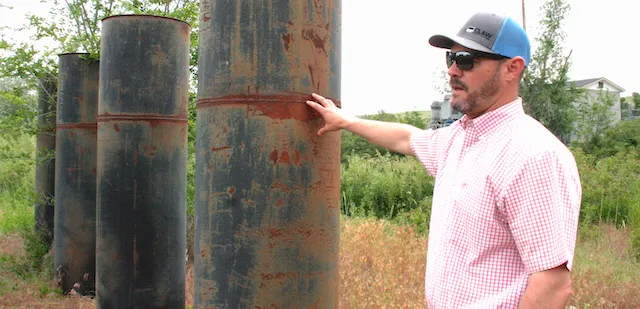 Oregon lawmakers are considering a bill to expedite aquifer recharge projects but a group of irrigators is questioning whether the proposal goes far enough.
Oregon lawmakers are considering a bill to expedite aquifer recharge projects but a group of irrigators is questioning whether the proposal goes far enough.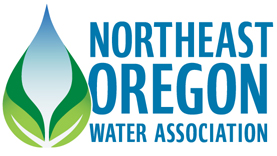
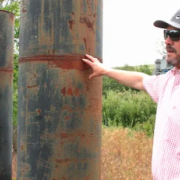
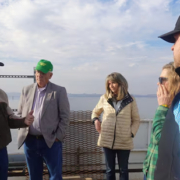
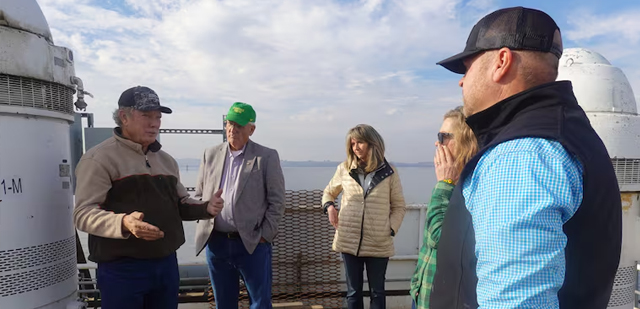 The people behind one of the newest irrigation systems in Umatilla and Morrow counties see the promise of their project in an onion shed south of Hermiston.
The people behind one of the newest irrigation systems in Umatilla and Morrow counties see the promise of their project in an onion shed south of Hermiston.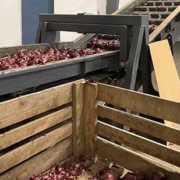
 HERMISTON, Ore. — What started as an ambitious concept to improve water sustainability in the Umatilla Basin of northeast Oregon is coming to fruition.
HERMISTON, Ore. — What started as an ambitious concept to improve water sustainability in the Umatilla Basin of northeast Oregon is coming to fruition.
 ECHO, Ore. — Few people played as big a role in the evolution of Columbia Basin agriculture as Bob Hale.
ECHO, Ore. — Few people played as big a role in the evolution of Columbia Basin agriculture as Bob Hale.